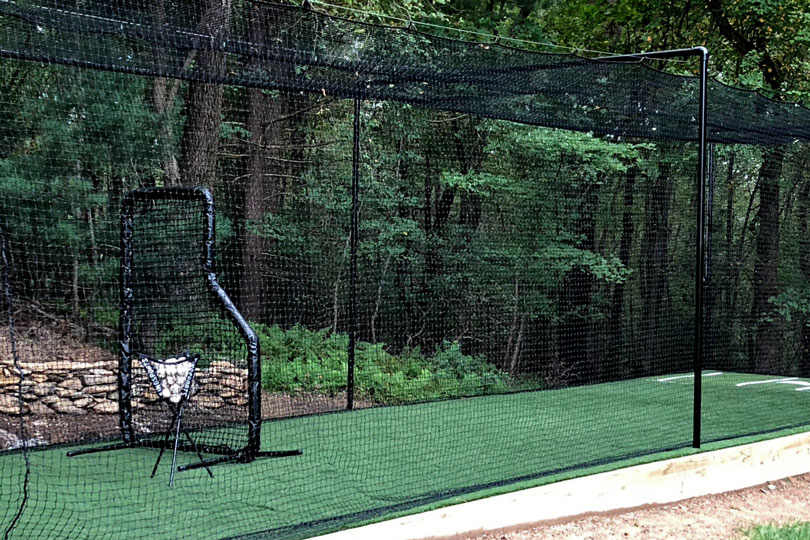The Most Valuable Vintage Hockey Jerseys
/cdn.vox-cdn.com/uploads/chorus_image/image/67805771/Em_U0igXEAAB0Q5.0.jpg)
Similar to a flag, a hockey jersey is a display of colors, stripes, and symbols that differ only in the player’s name and number. A player’s jersey is an essential component of their uniform since it allows them to quickly identify their allegiances. For a supporter, a shirt represents both won and lost games.
Vintage hockey jerseys have long been a favorite among collectors due to their historical significance and graphic appeal.
Understanding the Origin of Jerseys
The reason why a hockey jersey is called a sweater is that hockey players wore sweaters like the ones you’d see at a men’s store in the early days. Teams bought many sweaters in the same pattern and added a number on the back and sometimes a logo on the front. Times have changed drastically since then.
Early jerseys had unique patterns like barber-pole stripes or contrasting breast bands, and teams didn’t need more than one because television hadn’t been introduced for decades. Everyone in the arena could tell red from blue jerseys.
Inclusion of Colors
The hockey jersey market started to change as the late 1930s rolled around, with solid-color jerseys beginning to emerge. During this period, player pants changed from neutral canvas colors to ones that complemented the team’s color scheme, and more elaborately patterned crests became popular. Speaking about colors, the majority of teams used a conventional palette throughout the Original Six era, which was marked by a dedication to traditionalism. The most common jersey colors from 1942 to 1967 were red, blue, black, gold, or white, creating a classic style that has endured throughout the sport’s history.
Change of Trends
Unconventional and striking NHL uniform designs became increasingly popular in the mid-1990s. But after only two seasons, these outrageous logos were retired. As the NHL’s third jersey initiative gained traction in early 1996, the teams started designing eye-catching jersey designs that included logos or crests of their establishments.
Types of Vintage Jerseys
Replica jerseys, which are copies of a player’s team jersey from a specific era, are the first and least popular type. Serious fans gather jerseys worn by players at different stages of their careers, while others collect home jerseys and road colors. For instance, Wayne Gretzky’s black and silver Los Angeles Kings road uniform from 1988 might be worn with his blue and orange Edmonton Oilers road jersey from 1979.
Other jerseys are used or worn during a game. In contrast to the mesh polyester jerseys of today, if you acquire a truly old one, say one from the 1930s, it’s probably made of wool. Particularly valuable are the jerseys worn by players like Mark Messier of the New York Rangers, Mario Lemieux of the Pittsburgh Penguins, Maurice “Rocket” Richards, and Guy Lafleur of the Montreal Canadiens.
Lastly, there are jerseys with autographs. Once more, authentic jerseys are more valuable than replicas. The older the jersey, if you can buy it, the better for guys like Wayne Gretzky, Gordie Howe, and Bobbie Orr.


